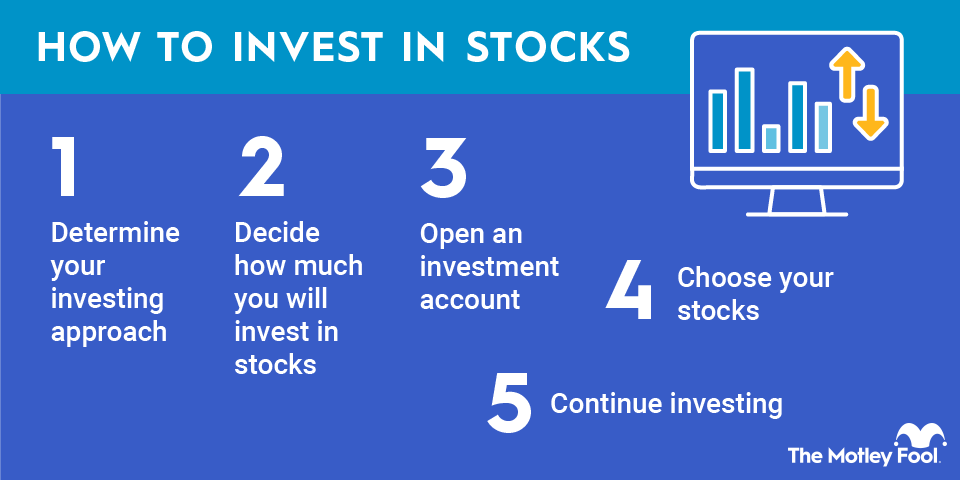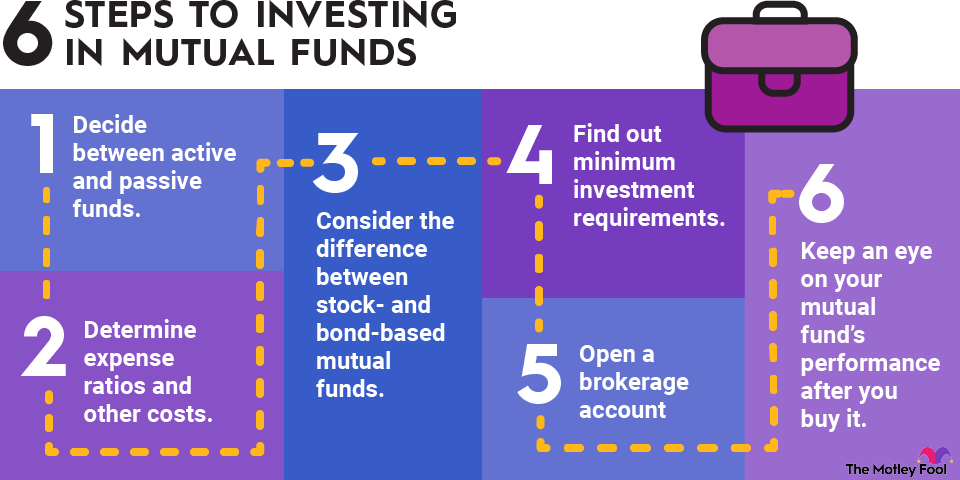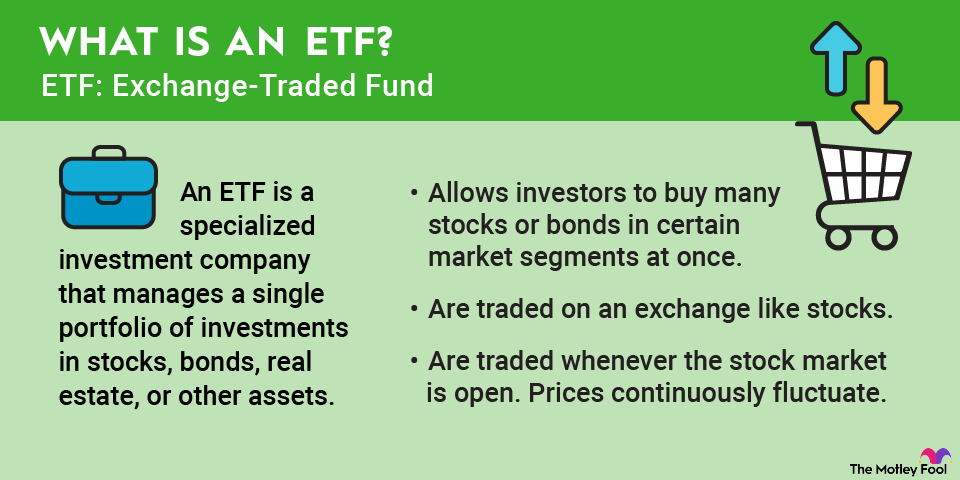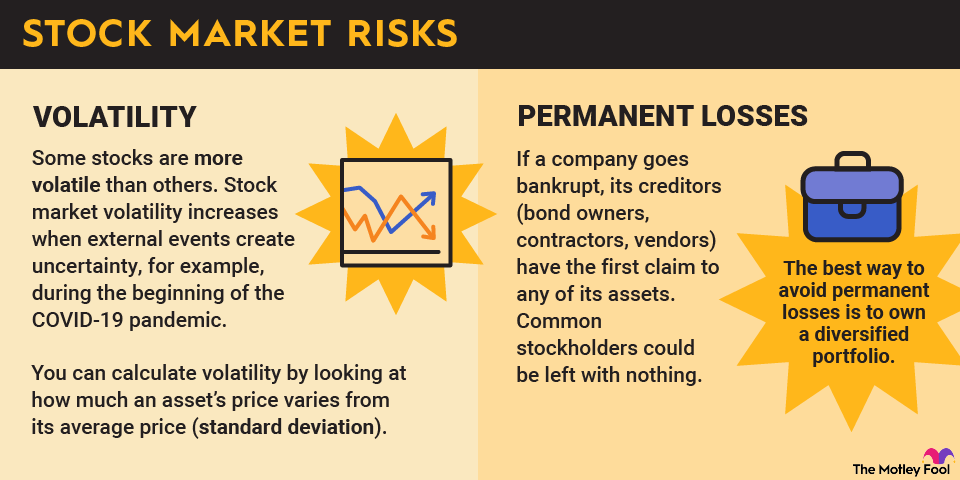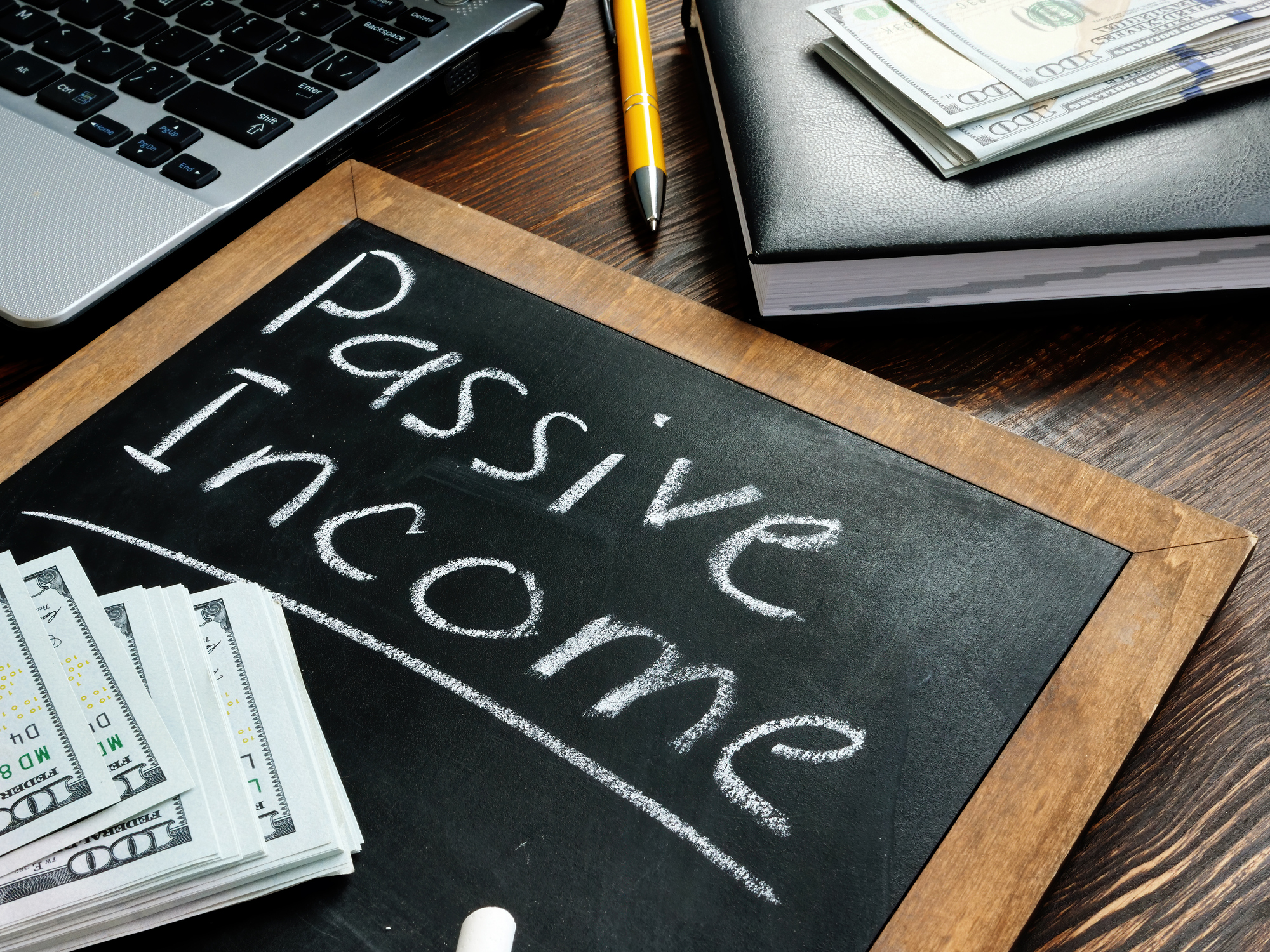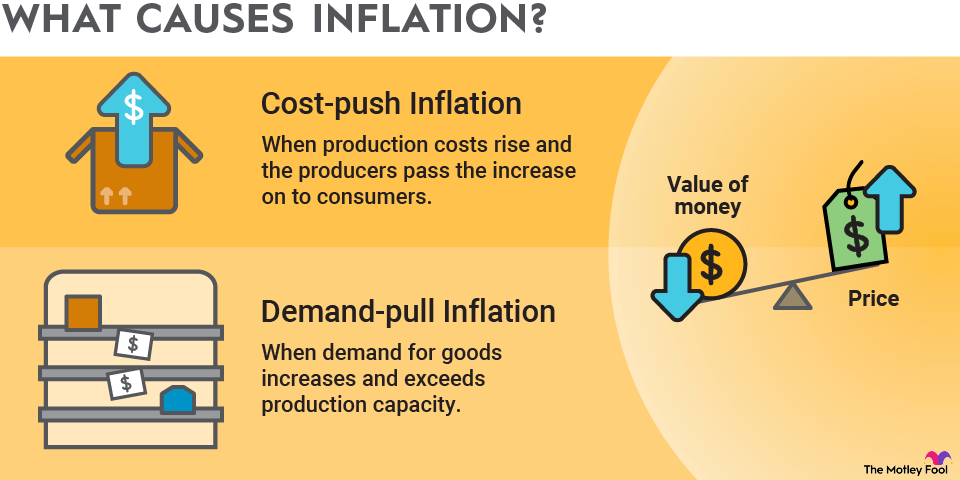Which of these options sounds more appealing to you?
- Sell existing investments and buy others to increase your allocation.
- Allocate new money strategically. For example, if one stock has become overweighted in your portfolio, invest your new deposits into other stocks you like until your portfolio is balanced again.
You may prefer the second option because rebalancing in the "traditional" way -- without investing any additional money -- often requires you to sell your highest-performing assets.
We're generally fans of the second option since rebalancing by contributing new funds enables you to leave your winners alone to (hopefully) continue to outperform. However, this might not be practical in all cases -- for example, if your IRA is out of balance, your ability to add new money is limited by the annual contribution limit.
Building a balanced portfolio
There's no perfect way to construct a properly balanced investment portfolio. We'll discuss a popular asset allocation rule of thumb in the next section, which will help you determine how much of your portfolio should be invested in bonds and stocks.
Within those two categories, there are a lot of different directions you can go. Do you want to invest in individual stocks or exchange-traded funds (ETFs) and mutual funds? Should you buy individual bonds like Treasuries or stick with a bond fund?
The point is that balancing a portfolio means something different to different investors. For example, I invest in individual stocks primarily, but don't like to have more than 5% of my portfolio in any single investment. For example, when my investment in Apple (AAPL +0.38%) soared a few years ago, it triggered the need to sell some to rebalance.
